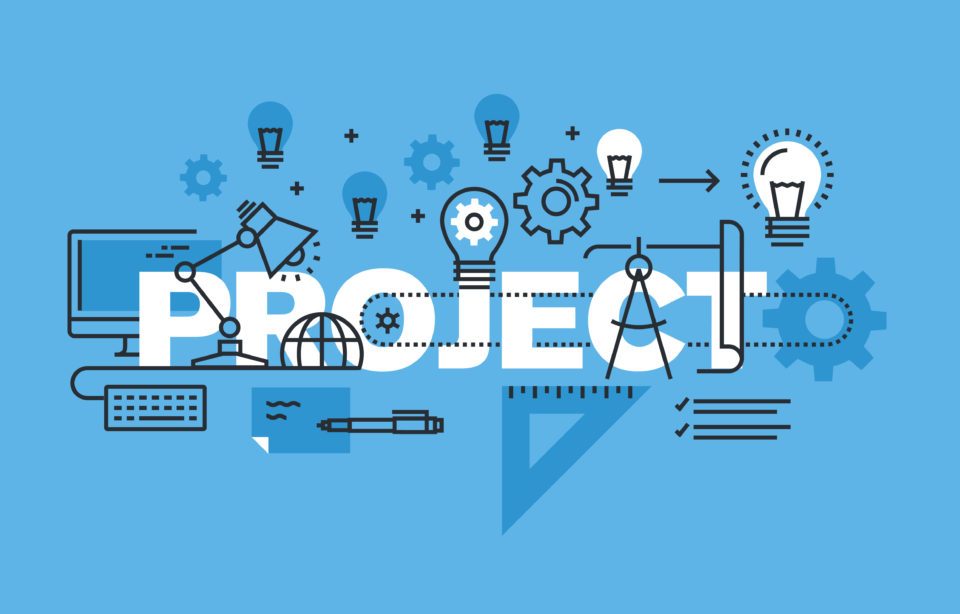- Have any questions?
- +91 9987502531
- info@sedibuz.com

Tips for Successful IT Projects in the Public Sector
November 11, 2019
Internet per square foot
November 11, 2019Smart Cities-Vision to Reality
"
We will neglect our cities to our peril, for in neglecting them we neglect the nation.”
-John F. Kennedy
Technology is advancing and traditional channels are Pershing, but is it reaching the mass public?
The idea of a smart city could be a reality of tomorrow which will help the technology reach the mass public. It will show the urban geographic area that uses different types of Internet of Things (IoT) sensors to gather information then use this information to manage assets and resources efficiently.
Sedibuz helps the government and the Public Sector by providing offering an end-to-end service around the adoption of technology just like smart cities.
How will this help the citizens?
This information from voters, devices that are processed and analyzed to monitor and managetraffic and transportation systems, power plants, water supply networks, waste management,
crime detection, information systems,
schools, libraries, hospitals, and other community services.
This will integrate info and communication technology(ICT) into varied physical devices connected to the IoT network for economical operations, services and connect to the citizen. This technology allows authorities to have a two-way communication with both community, city infrastructure and to monitor the happenings of the city and the developments.
Smart cities will enhance the quality of life in urban areas. Also, improve the performance and interactivity of urban services along with increase interaction between citizens and government. All this with reduced costs and resource consumption.
These measures act like a blessing to cities which include- temperature change, economic restructuring, the move to online retail and entertainment, aging populations, urban population growth and pressures on public finances due to which an interest has been generated in this technology.
India’s vision of Smart City
Smart Cities Mission is a new initiative, which is meant to set examples that can be replicated
both within and outside the Smart City. The aim is to develop 100 smart cities across the
country making them citizen-friendly and sustainable. This will act as a catalyst that will lead to
the creation of similar Smart Cities in various regions and parts of the country.
The main infrastructure elements in a smart city would include:
● 24*7 electricity supply
● Sanitation, including solid waste management, public toilets, etc
● Proactive urban mobility and transportation
● Affordable housing across all financial background
● IT connectivity and digitalization,
● Good e-Governance and citizen participation,
● Sustainable environmental reforms
● Safety and security of citizens, with emphasis on women, children and the elderly,
● Healthcare and educational reforms
Ministry of Urban Development (MoUD) is “to facilitate creation of economically spirited, inclusive, efficient and sustainable urban habitats”.
Its mission is to “promote cities as engines of economic process through improvement within the quality of urban life by facilitating the creation of quality urban infrastructure, with assured service levels and efficient governance”
India’s first Smart City
The Aurangabad Industrial City (AURIC) is the first smart city under the Government of India’s
Smart City flagship inaugurated on 7 September 2019. It is a greenfield industrial smart city
situated in Aurangabad, Maharashtra over an area of 10,000 acres. Equipped with an
underground plug and play infrastructure, 60% of the land in AURIC is for industrial usage,
mainly focusing on textile, food, defense, engineering, and electronics, while the
remaining four-hundredth is meant for residential, business and different functions.
Although there are benefits to this technology, Smart City Mission is facing a lot of difficulties following are a few:
● Smart infrastructure while keeping up the legacy: While considering smart city strategy many issues come up, one of them is to determine the existing city’s weak areas that need utmost consideration.
● Financing smart cities: According to the High Power Expert Committee (HPEC) has assessed a per-capita investment cost (PCIC) of Rs 43,386 for 20 years. The cumulative estimate of financing obligations for the smart city comes to Rs 7 lakh crore over 20 years which equals an annual requirement of Rs 35,000 crore. The majority of project needs would move through complete private investment or PPPs (public-private partnership).
● Lack of city development plan: 70-80% of our cities don’t have master plans, which is the prime step toward smart city the creation of all cities.
● Three-tier governance: For the successful implementation of smart city solutions needs effective coordination between various institutions between central government (MoUD), state government and local government agencies on various issues is essential.
● Prompt clearances: For timely completion of the project, all clearances should use online processes and be cleared in a time-bound manner.
Futurists have visualized smart cities as the future where residents and visitors flourish. Seamlessly operated, these trendy urban environments hum with advanced multi-modal transit systems, independent energy grids, clean and safe neighborhoods, integrated services, and substantive amenities.
While incremental progress has been made toward this bright future, cities and communities continue to face complex challenges, including infrastructure upkeep, population growth and migration, and sustainability issues.
From schools to businesses and transportation to energy, a holistic vision helps bring solutions to every aspect of urban life.
Working along, new concepts and technologies will be dropped at bear in concrete ways in which enhance the lives of voters and build a brighter future.




